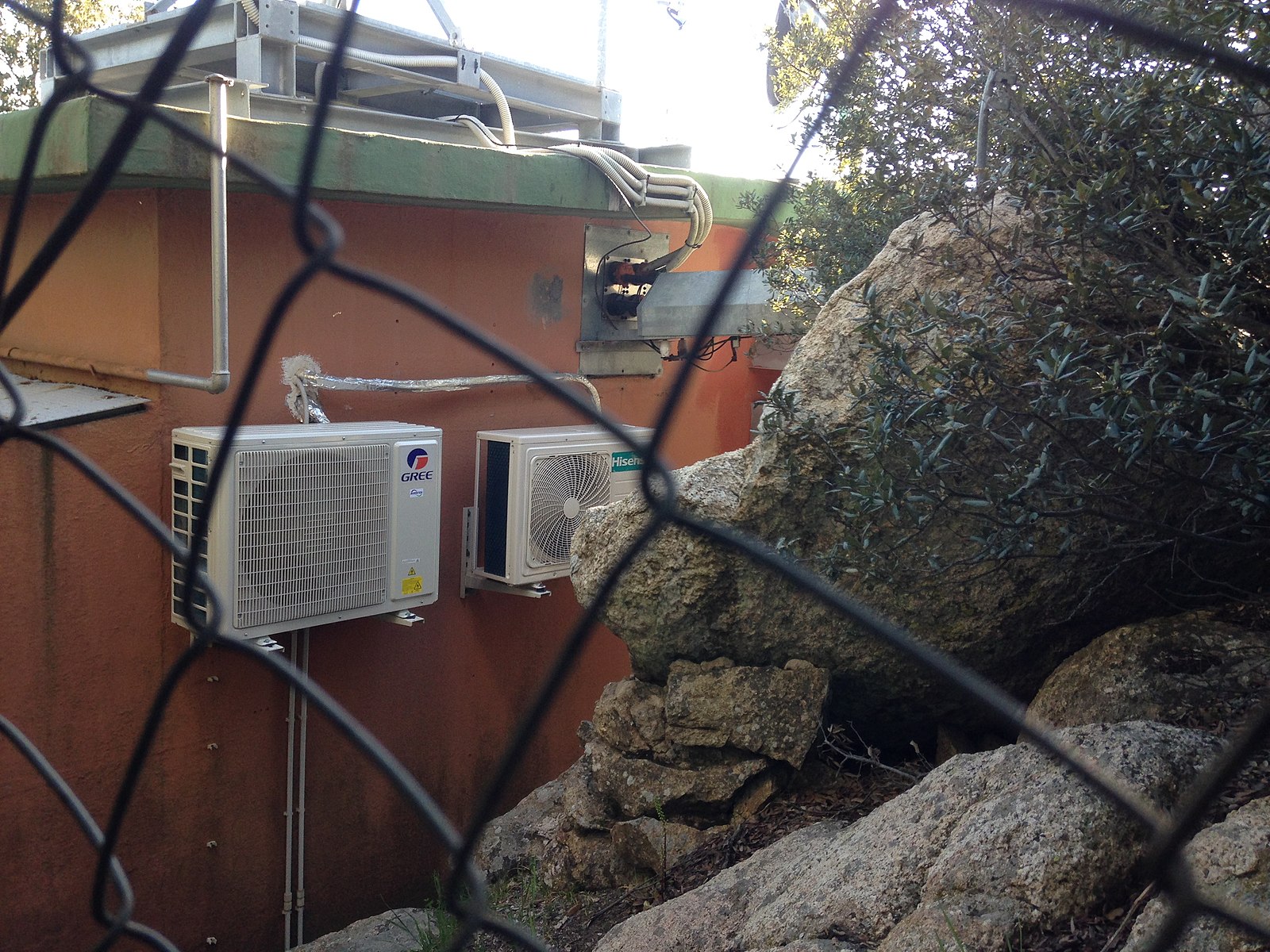When it comes to choosing between Gree and Lennox air conditioning systems, there are several technical factors to consider, especially for DIY users with advanced hands-on skills and a keen interest in the nitty-gritty details. This comprehensive guide will delve into the specifics of each brand, helping you make an informed decision that aligns with your needs and expertise.
Price & Value
Gree air conditioners are generally more expensive than Lennox models, but their superior low-frequency and frequency conversion technology can lead to significant long-term energy cost savings. Gree’s proprietary inverter technology can save up to 60% on energy consumption compared to traditional air conditioners.
To assess the price and value proposition, DIY users should:
1. Carefully calculate the expected energy savings over the lifetime of the unit, considering your local electricity rates and usage patterns.
2. Analyze the payback period, considering the higher upfront cost of Gree units versus the long-term energy savings.
3. Explore any available tax credits, rebates, or incentives that may offset the initial investment in a Gree system.
Quality & Inspection
 Image source: Gree ac by Air Fans
Image source: Gree ac by Air Fans
Gree air conditioners undergo a rigorous inspection process before leaving the factory, with a pass rate of over 99%. This meticulous quality control ensures outstanding performance and durability, contributing to their higher cost.
DIY users can assess the quality of Gree and Lennox units by:
1. Examining the construction materials, tolerances, and attention to detail in the manufacturing process.
2. Researching third-party reliability and customer satisfaction data for each brand.
3. Inspecting the units for any visible defects or inconsistencies upon delivery.
Performance
Gree air conditioners are highly efficient in cooling, taking only five minutes to reach the desired temperature in the same space using the same power as other brands, which may take ten minutes. This is due to Gree’s advanced inverter technology and proprietary cooling algorithms.
To evaluate the performance of Gree and Lennox units, DIY users should:
1. Measure the time it takes for each unit to cool a specific space to the desired temperature.
2. Compare the energy consumption of the units during the cooling process, using a power meter or energy monitoring device.
3. Assess the units’ ability to maintain the set temperature and humidity levels consistently.
Intelligent Defrosting Technology
Gree air conditioners feature advanced intelligent defrosting technology, which can save money and electricity costs, especially in colder climates. This technology monitors the coil temperature and automatically adjusts the defrost cycle to optimize energy efficiency.
DIY users can evaluate the defrosting technology by:
1. Observing the unit’s performance during periods of low outdoor temperatures and high humidity.
2. Monitoring the energy consumption and temperature/humidity levels during the defrosting process.
3. Comparing the defrosting performance of Gree and Lennox units in similar environmental conditions.
Warranty
While Gree offers a 10-year warranty for the compressor, Lennox provides a more comprehensive 12-year warranty for the compressor and all covered components. This extended warranty period may offer better peace of mind for Lennox users.
DIY users should:
1. Carefully review the warranty terms and conditions for both Gree and Lennox units.
2. Understand the coverage, exclusions, and process for filing warranty claims.
3. Assess the potential long-term cost implications of the warranty differences between the two brands.
Technical Support & Parts Availability
Gree is a Chinese brand, and there might be concerns about the availability of parts and technical support in the US. However, Gree is the largest HVAC supplier and exporter worldwide, known for superior products compared to other Chinese brands.
DIY users should:
1. Research the local availability of Gree and Lennox parts and the ease of obtaining them.
2. Evaluate the responsiveness and expertise of the technical support teams for each brand.
3. Determine the level of DIY-friendly resources, such as troubleshooting guides and online forums, available for each brand.
DIY Installation
Both Gree and Lennox offer high-tech components that require a higher level of knowledge and training for installation. Gree, however, is only available to a select group of already trained installers, which might limit DIY installation options.
DIY users should:
1. Carefully review the installation manuals and technical specifications for both Gree and Lennox units.
2. Assess their own skill level and experience in HVAC installation and determine if they have the necessary expertise to tackle a Gree or Lennox system.
3. Explore the availability of DIY-friendly resources, such as installation tutorials and online forums, for each brand.
By thoroughly understanding the technical details and hands-on considerations for each factor, DIY users can make an informed decision on whether Gree or Lennox air conditioning systems better suit their needs, budget, and expertise. This comprehensive guide aims to provide the necessary information to help you navigate the complexities of this choice and achieve the optimal cooling solution for your home.
References:
– Reddit Discussion: Lennox or Gree
– LinkedIn Article: Why are Gree Air Conditioners Expensive?
– HVAC-Talk Forum: Experience with Gree Flexx
– YouTube Video: Gree vs. Bosch Air Conditioners
– Air Conditioning Arizona: Bosch vs. Gree
